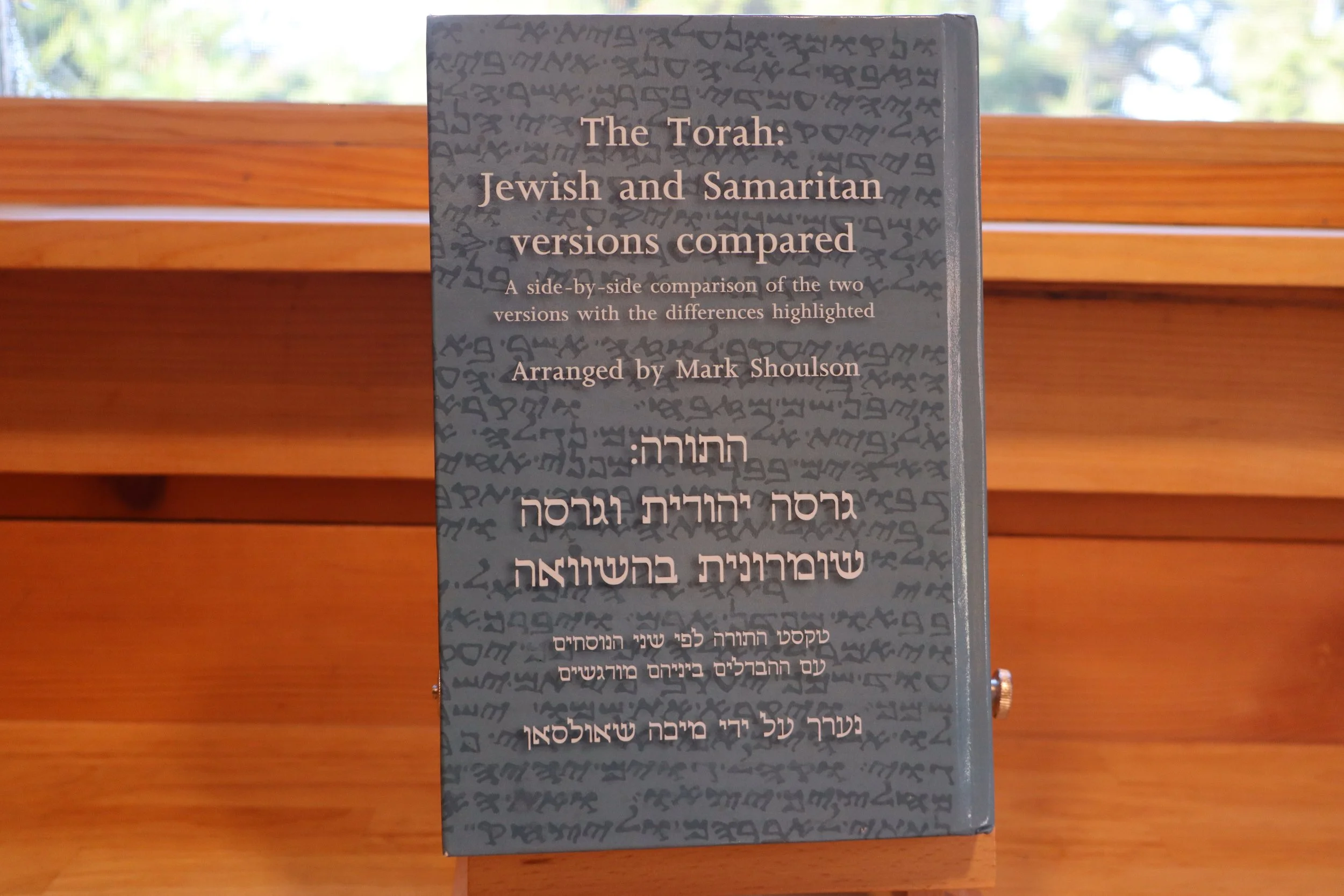Unveiling Ancient Texts: Mark Shoulson’s "The Torah: Jewish and Samaritan Versions Compared
Mark Shoulson's "The Torah: Jewish and Samaritan Versions Compared" is a groundbreaking work that serves as a side-by-side examination of two different textual traditions of the Torah. This book not only highlights the differences between the Jewish Masoretic text and the Samaritan Pentateuch but also offers insights into the historical, cultural, and theological variances between these two communities. Here’s an in-depth look at this scholarly endeavor's significance, structure, and impact. This is an excellent resource for those interested in Samaritan studies. Through this comparison, Shoulson not only contributes to scholarship but also enriches our understanding of Jewish and Samaritan heritage.
Overview of the Work
Published in 2008, Shoulson's book is a meticulous comparison that presents the Hebrew text of both the Jewish (Masoretic) and Samaritan versions of the Torah, allowing readers to see the nuances and divergences. Here are the key features:
Key Features:
Parallel Texts: The book uses modern Square Hebrew script to display both the Masoretic Text and the Samaritan Pentateuch on facing pages, making it easier to compare.
Highlighted Differences: Variations between the texts are highlighted in boldface, with major differences printed larger, providing an immediate visual cue to readers.
Technical Precision: Shoulson employs a system of dots to indicate where text is omitted in one version compared to the other, enhancing the analytical value of the comparison.
Cultural and Historical Context: An introduction and notes provide background on the Samaritan community, their history, and why their Torah version differs from the Jewish one.
Divisions and Readings: It includes notes on different Torah portion divisions (Parashot) and readings, which can vary significantly between the two traditions.
Significance in Biblical Studies:
Textual Criticism: Shoulson's work is invaluable for scholars engaging in textual criticism of the Hebrew Bible, offering direct evidence of textual variations.
Interfaith Understanding: It provides a basis for understanding the divergence between Jewish and Samaritan practices and beliefs, fostering interfaith dialogue.
Linguistic and Historical Insights: The comparison sheds light on linguistic evolution, scribal practices, and how different communities preserved their sacred texts.
Structure and Content:
Introduction: Discusses the origins of the Samaritan community, the nature of their Bible, and the historical context of the textual divergence.
Comparative Text: Each of the five books of the Torah is presented with parallel columns of text, with detailed annotations on significant variations.
Appendix: Might include further notes on textual history, Samaritan script, or additional resources for study.
Impact and Reception:
Scholarly Praise: The book has been well-received for its thoroughness and accessibility, making what could be an esoteric study available to a broader audience.
Educational Resource: It's used in academic settings for teaching about biblical textual traditions, Samaritan culture, and comparative religion.
Cultural Recovery: By bringing attention to the Samaritan Pentateuch, Shoulson contributes to the cultural and historical recognition of the Samaritan people.
This work provides a comprehensive side-by-side comparison of the Jewish Masoretic Text and the Samaritan Pentateuch. It highlights the textual differences between the two traditions, which share a common origin but diverged significantly over time. There are thousands of variations between the Samaritan and Masoretic Torah, and with this edition you can see them side-by-side. Shoulson has done the careful work of taking the Samaritan script and converting it to the familiar Hebrew script.
Shoulson's presentation includes facing-page Hebrew texts with variations clearly marked. Minor differences are printed in bold, while significant deviations appear in both bold and a larger font, making the comparison accessible even for readers with moderate Hebrew proficiency. This structure offers a unique window into the historical and theological developments of ancient Israelite society and helps readers appreciate the distinct identities of the Jewish and Samaritan communities
It gives a window into how the Samaritans came to have their beliefs, as there are some significant differences in the text. At the end of the book there is a section of scripture, the tower of Babel story, in the Samaritan script. It also has a transliteration of the story in Samaritan Hebrew and in Jewish Hebrew. This can help understand some of the differences in pronunciation. Overall a very interesting book, and an important one for those who are trying to understand the faith of the Samaritan community. Another excellent book for understanding the Samaritans is the book “Tradition Kept.”

